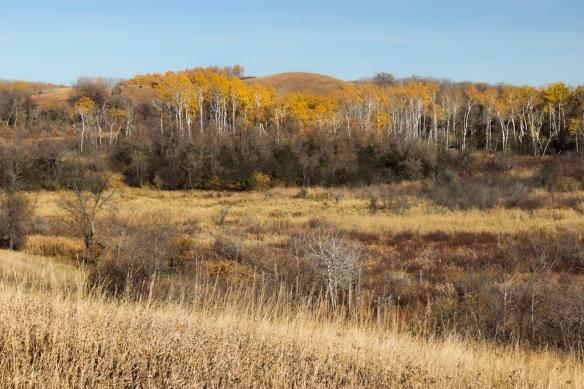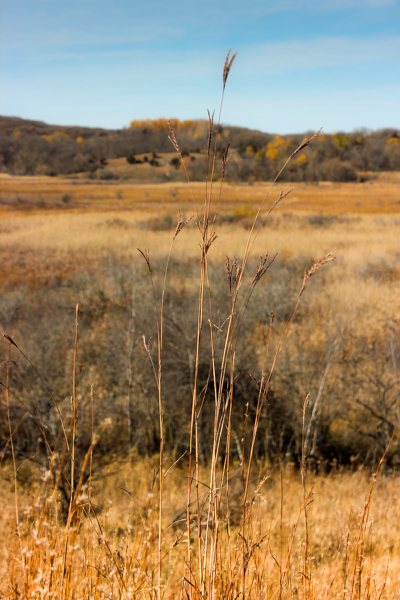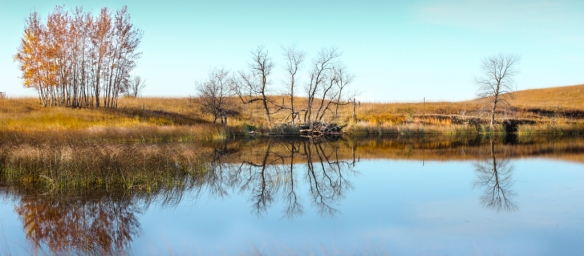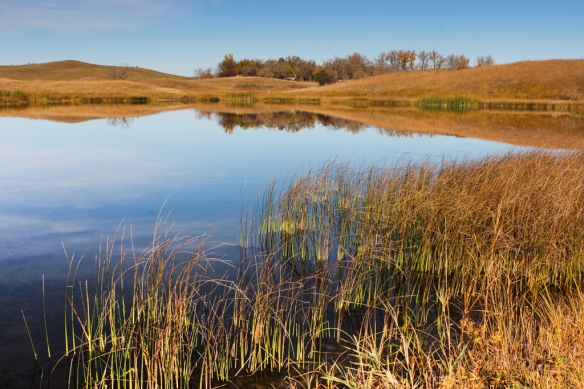We have managed to pick just the rainy days for our prairie field trips the past two weeks, but have squeezed our hikes in between deluges. However, the advantage of all the June rain this year is an absolutely verdant prairie landscape, that in some cases looks like a mowed golf course (with lots of hills).
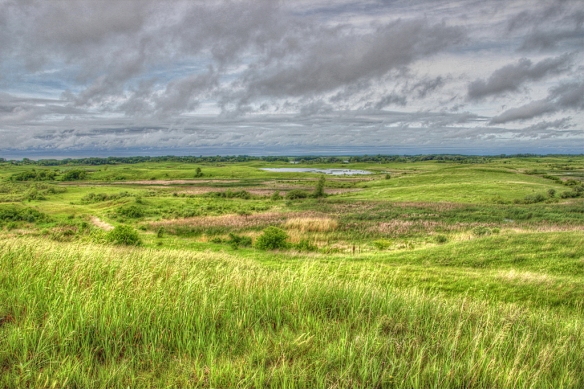
A light touch of HDR processing enhances the drama of thunderstorms over a prairie landscape.
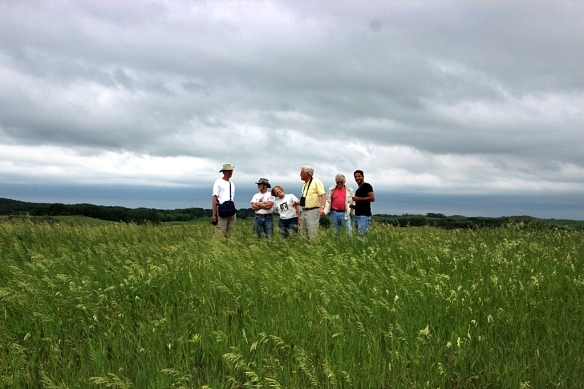
My husband explained what The Nature Conservancy has done to acquire and protect prairie land in central Minnesota.
A little background first: Minnesota geography puts it in a prairie-forest transition zone, with the western third of the state once a vast network of varied prairie ecosystems (nearly 19 million of the 44 million total acres in the state). Those prairie lands were most likely maintained by frequent fire (natural and/or man-induced) and intensive grazing by large herbivores (e.g., elk and buffalo). Millennia of prairie plant growth and decomposition produced the fertile soil coveted by industrial agriculture, with the result that 98% of native prairie land in MN has been lost — only about 235,000 acres of unplowed native prairie exist in the entire state.

Rolling hills, a result of deposition from retreating glaciers 10-40,000 years ago, were too rocky or steep to plow, so they remained native prairie. Multiple state and non-profit groups have developed a plan to coordinate their efforts to identify, purchase, and protect 36 prairie core areas in MN that represent over 70% of the remaining native prairie.
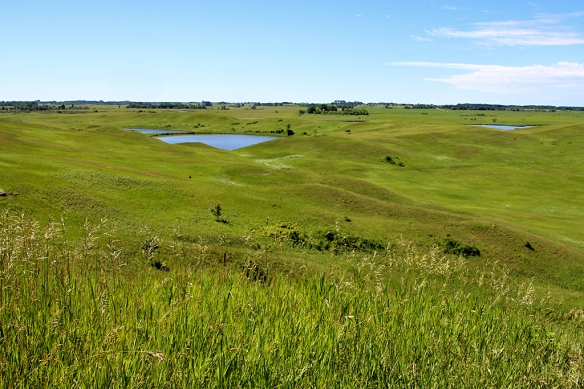
Areas like this in Glacial Lakes landscape (~ 13,000 acres) provide recreational opportunities for hiking, fishing, boating, etc. while maintaining prairie with prescribed burns and grazing options.
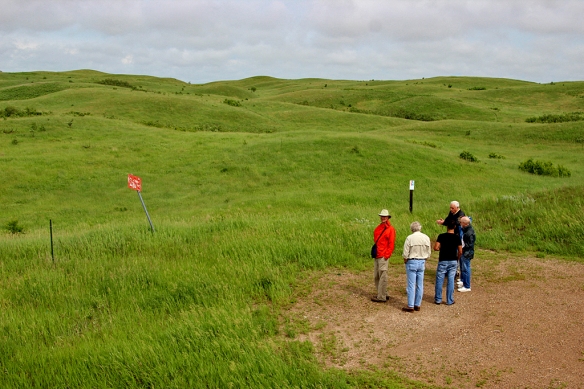
Miller Hills waterfowl production area extends as far as the eye can see on the landscape. The land is managed by the U.S. Fish and Wildlife Service for hunting, waterfowl production, wildlife viewing, etc.

Ordway prairie, purchased with a gift from Katherine Ordway to The Nature Conservancy in 1970, is part of a 25,000 acre prairie landscape. The red and white object in the photo is a drone helicopter being flown over the prairie to take some aerial video.
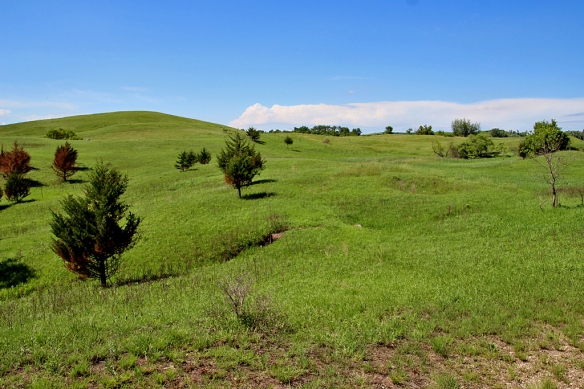
Without the physical disturbance of fire and the biotic pressure from large grazing animals, prairie can revert to forest in less than a decade. Red cedar and sumac are the first to colonize the grassy fields, making the land more suitable for other broadleaf forest trees to invade. Eventually, prairie hills can become covered with oak and basswood forests.
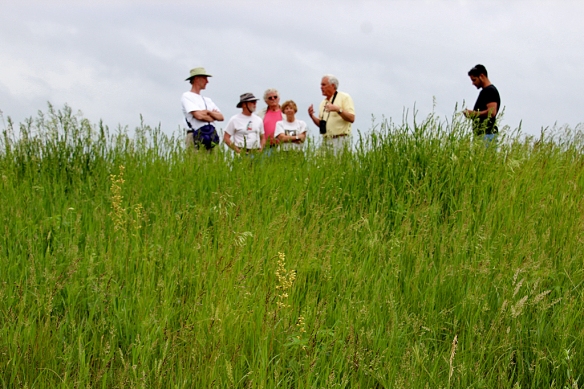
So if the transition to forest is a natural process here, why save the prairie — asks one of the group.
The best and easiest answer: once they are lost, they are gone forever, along with all the species that inhabited those areas — species whose unique characteristics and benefits we have yet to discover or recognize fully.
Prairies and grasslands perform vital ecosystem functions, different from forest ecosystems — water retention and purification, flood control, and soil conservation being very important roles, especially for farmers.
Prairies have aesthetic value, as do all natural environments, providing us with relief and delightful distraction from the overly structured, sterile, monotonous urban environments we call home.

Hole in the Mountain TNC Preserve, Lincoln Co. MN, at sunset.
